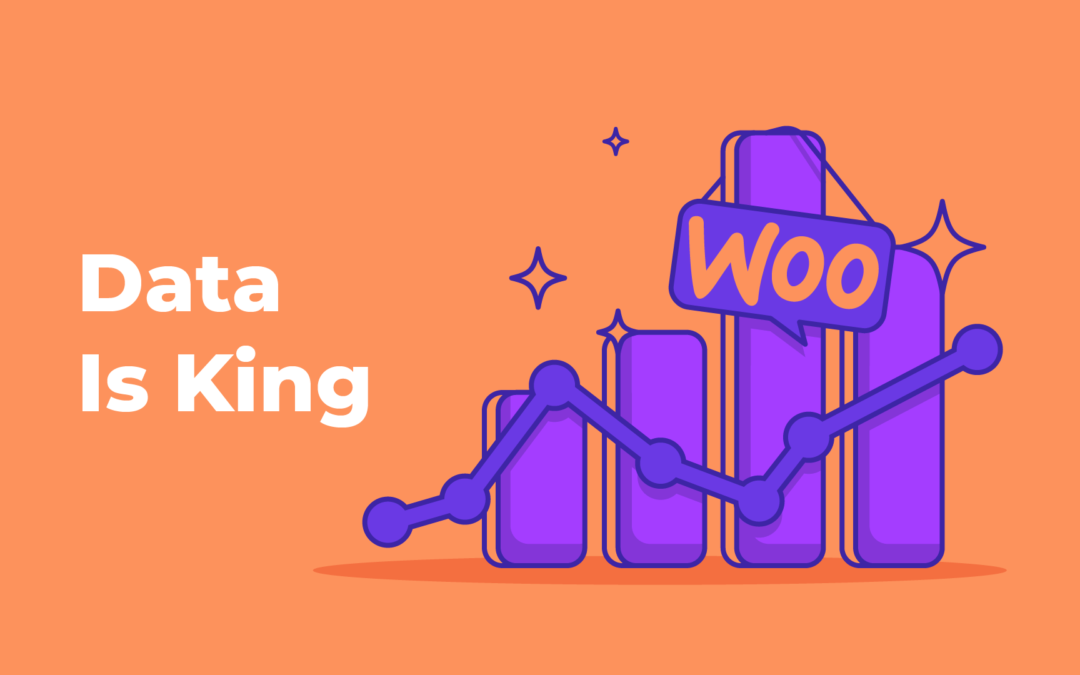I am sure you heard the term “content is king” at one time or another. Well in the world of eCommerce, Data is KING. With the right information at your fingertips, you can make informed decisions that propel your business forward. This is where WooCommerce Analytics comes into play, serving as a vital tool for online store owners who wish to understand their store’s performance and customer behavior better. In this article, we’ll dive into the importance of WooCommerce Analytics, guide you through the process of leveraging your store’s data, suggest tools and best practices, and encourage you to enhance your decision-making process.
The Relevance of WooCommerce Analytics
WooCommerce, a popular e-commerce platform for WordPress, offers built-in analytics that provides store owners with insights into sales, customer statistics, inventory, and more. Understanding these metrics is crucial for several reasons:
- Identifying Trends: Spot sales trends to adjust your inventory and marketing strategies accordingly.
- Customer Insights: Understand who your customers are, where they come from, and their purchasing behavior.
- Performance Tracking: Measure the success of your marketing campaigns and product launches.
- Data-Driven Decisions: Make informed decisions to improve sales, customer satisfaction, and overall store performance.
Step-by-Step Guide to Understanding Your Store’s Data
Step 1: Accessing WooCommerce Analytics
First, ensure your WooCommerce store is set up and running. Access the Analytics section through your WordPress dashboard. You’ll find a range of reports covering sales, products, stock, and more.
Step 2: Analyzing Sales Data
Focus on sales reports to understand your revenue, order count, and items sold. Look for patterns in peak sales periods, and note which products are top sellers. This information is invaluable for inventory planning and promotional campaigns.
Step 3: Managing Inventory Wisely
The Stock report helps you track inventory levels, understand which products are running low, and identify overstocked items. This enables you to maintain optimal inventory levels, reducing holding costs and avoiding stockouts.
Step 4: Setting Up Custom Reports
For more specific insights, consider setting up custom reports. While the customizability of WooCommerce Analytics reports is limited (at least at the time of writing), third party tools can augment its capabilities to provide more tailored insight for your store’s needs.
Tools and Best Practices
While WooCommerce provides an analytics platform, you may enhance your data analysis with third-party tools and plugins:
- Product Sales Report and Export Order Items: our very own plugins based on-site analytics solutions that produce highly customizable reports compiled from data that is already stored in your site’s database by WooCommerce and compatible add-on plugins.
- Google Analytics: Integrating Google Analytics with WooCommerce offers deeper insights into user behavior, traffic sources, and conversion rates.
- MonsterInsights: This plugin makes Google Analytics integration seamless, providing user-friendly reports right within your WordPress dashboard.
- Metorik: For more advanced analytics, Metorik offers detailed reports, segmentation, and email automation, turning data into actionable insights.
Best practices for leveraging WooCommerce Analytics and other analytics tools include:
- Regular Review: Schedule regular times to review your analytics reports to stay on top of trends and changes.
- Actionable Insights: Focus on extracting actionable insights from your data, such as identifying underperforming products or untapped customer segments.
- Test and Measure:** Use data to test different strategies, such as pricing changes or marketing campaigns, and measure their impact.
Engage and Share
Data is a powerful tool, but it becomes even more valuable when shared and discussed. We encourage you to share your success stories, challenges, and questions in the comments section below. By engaging with a community of like-minded store owners, you can discover new perspectives, solve common challenges, and drive your business to new heights.
Remember, the journey to understanding your store’s data is ongoing. As your business evolves, so will your analytics needs. Stay curious, keep exploring, and let data guide your path to success in the ever-changing world of e-commerce.


Recent Comments